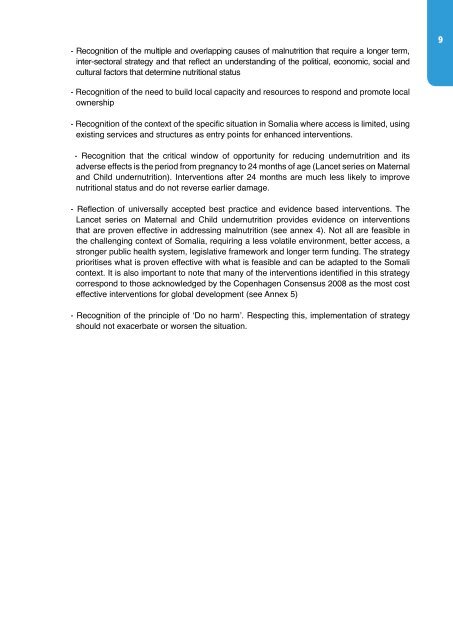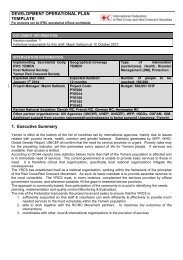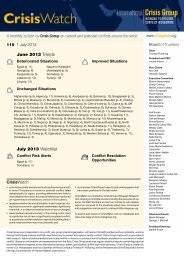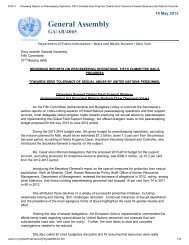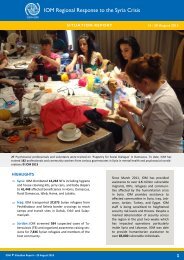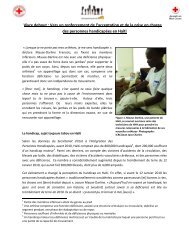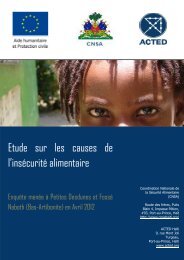SOMALI NUTRITION STRATEGY 2011 – 2013 - ReliefWeb
SOMALI NUTRITION STRATEGY 2011 – 2013 - ReliefWeb
SOMALI NUTRITION STRATEGY 2011 – 2013 - ReliefWeb
You also want an ePaper? Increase the reach of your titles
YUMPU automatically turns print PDFs into web optimized ePapers that Google loves.
- Recognition of the multiple and overlapping causes of malnutrition that require a longer term,<br />
inter-sectoral strategy and that reflect an understanding of the political, economic, social and<br />
cultural factors that determine nutritional status<br />
9<br />
- Recognition of the need to build local capacity and resources to respond and promote local<br />
ownership<br />
- Recognition of the context of the specific situation in Somalia where access is limited, using<br />
existing services and structures as entry points for enhanced interventions.<br />
- Recognition that the critical window of opportunity for reducing undernutrition and its<br />
adverse effects is the period from pregnancy to 24 months of age (Lancet series on Maternal<br />
and Child undernutrition). Interventions after 24 months are much less likely to improve<br />
nutritional status and do not reverse earlier damage.<br />
- Reflection of universally accepted best practice and evidence based interventions. The<br />
Lancet series on Maternal and Child undernutrition provides evidence on interventions<br />
that are proven effective in addressing malnutrition (see annex 4). Not all are feasible in<br />
the challenging context of Somalia, requiring a less volatile environment, better access, a<br />
stronger public health system, legislative framework and longer term funding. The strategy<br />
prioritises what is proven effective with what is feasible and can be adapted to the Somali<br />
context. It is also important to note that many of the interventions identified in this strategy<br />
correspond to those acknowledged by the Copenhagen Consensus 2008 as the most cost<br />
effective interventions for global development (see Annex 5)<br />
- Recognition of the principle of ‘Do no harm’. Respecting this, implementation of strategy<br />
should not exacerbate or worsen the situation.


